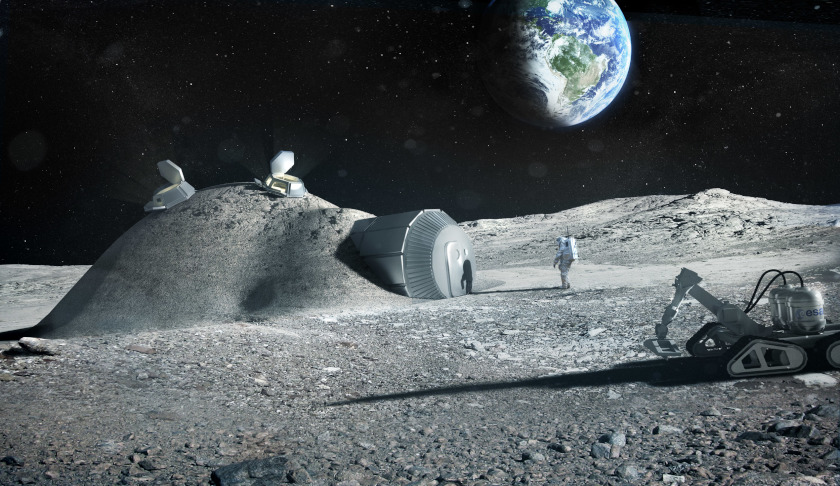A team from the Australian Centre for Space Engineering Research at the University of New South Wales, led by Professor Andrew Dempster, is working on how to extract water on the moon as a source of energy and also to show the big mining companies it can be done.
“We’ve been working in space mining for about six years now,” Professor Dempster told Mining Technology.
“Mars might be a medium-term goal, but to get to Mars you might have to get to the moon first. They’ve done studies which show that there’s a business case type-argument for setting up a stepping-off point on the moon or in orbit around the moon.”
Because the moon surface is either very hot or very cold, liquid water can’t exist. But a number of missions have detected ice in permanently shadowed craters at the moon’s poles.
That could be in very large quantities. In 2008, an Indian probe that impacted the moon surface provided the most definitive evidence of the presence of water, with estimates of as much as 600 million tonnes.
That’s where the UNSW team is looking at finding and extracting water.
It’s creating a proposal to go to the Australian Research Council (ARC) to support a project to develop technologies for lunar water extraction. That would involve researchers from other Australian universities and research organisations.
The moon presents major challenges for mining – there’s no air, low gravity, dust and extremes of hot and cold.
The vision is that the machines doing the work would be largely autonomous, with robotic machines working the craters, drawing power from a power plant on the moon surface.
Professor Dempster said a big challenge would be in developing the artificial intelligence to operate these machines without human oversight.
He said they were trying to reach a stage where a big mining company would consider investing in a venture like this.
“At the moment, it’s not really on their radar. The issue is the risks that they perceive in this type of venture are not risks that they’ve faced before and are not risks that they’re willing to run, or contemplate. There’s too much uncertainty,” he said.

